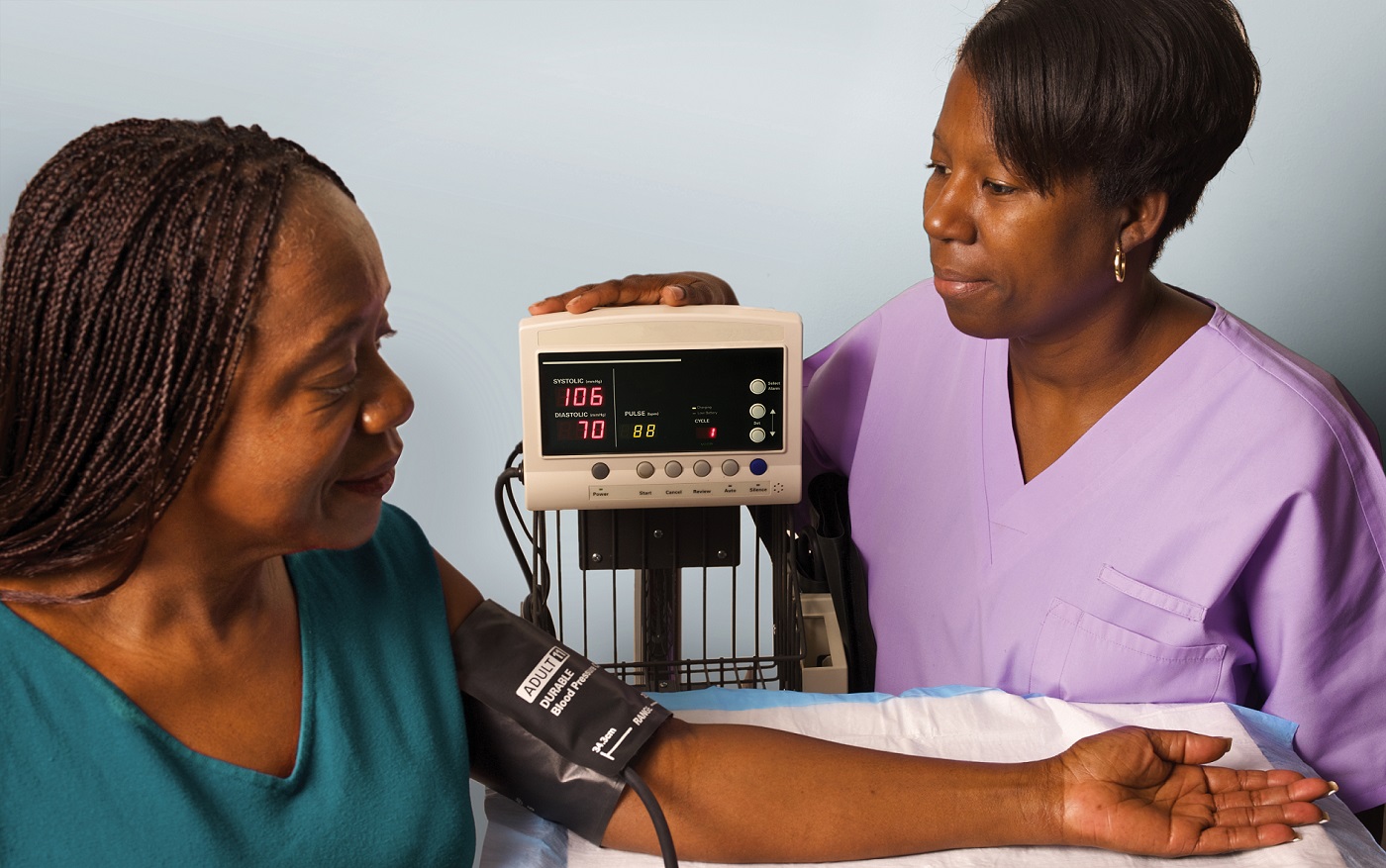Demonstrating the value of integrated care: managing the top 5%

The “sickest 5%” of patients in the United States account for half of the country’s health care spending. Though disease-management programs using nurses, nurse practitioners, and social workers to support physicians have been shown to increase the quality of care, these programs do not reduce costs.
In a recent issue of Harvard Business Review magazine, Permanente Medical Group physicians Robert Pearl, MD and Philip Madvig, MD explain how Kaiser Permanente uses integration, technology, and the care team to leverage the primary care doctor when treating a segment of the sickest 5%: those patients with multiple but relatively controllable chronic conditions.
Kaiser Permanente has developed and spread a model that takes full advantage of our integrated system, including an enterprise-wide electronic health record and extended care team members, including medical assistants and pharmacists. The results are better outcomes and lower costs when treating conditions such as high blood pressure, diabetes, and colon cancer. The strategy is broadly applicable to other life-threatening conditions that are costly to manage over time.
By supporting the primary care physician and engaging patients as partners in managing their chronic disease, this leveraged model has helped Kaiser Permanente patients achieve rates of control that are significantly better than for the U.S. population at large. These improvements in prevention have led to notable reductions in mortality. (See the article for data on heart disease, stroke, sepsis, and colon cancer.) Finally, by using a capitated-payment approach as Kaiser Permanente does, rather than a fee-for-service model, health insurers and purchasers can realize significant cost savings while achieving superior medical outcomes.
Read the article: Managing the Most Expensive Patients



